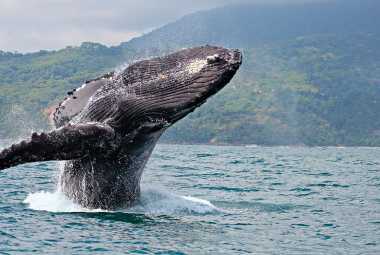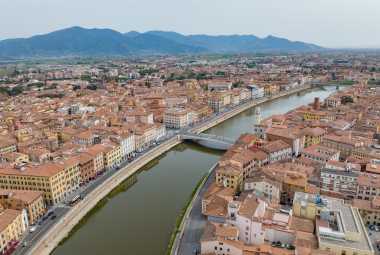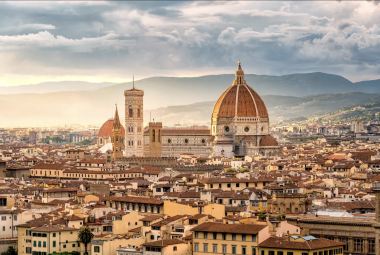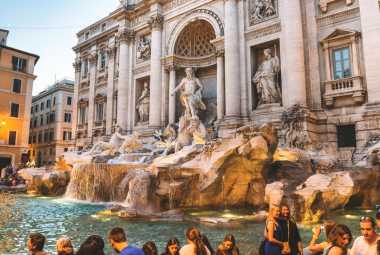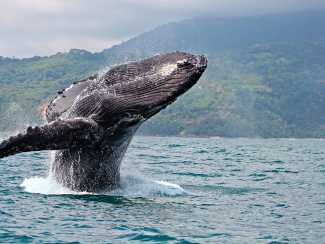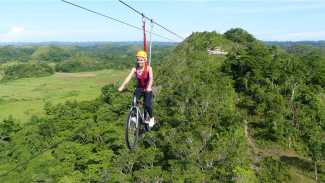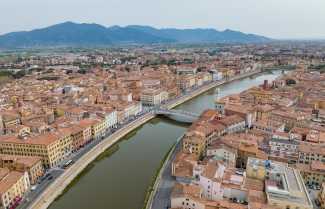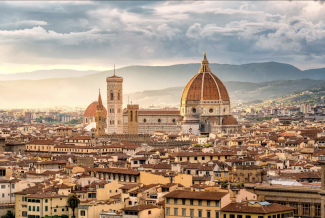Image by ISTOCK.COM/DANILOVI
*Vacation Mode is a for-profit site. It contains paid banner advertisements that are generated and managed by a third-party network. This site also includes relevant affiliate links (both in the content and on the sidebar) all of which we do our best to clearly mark as such.
Introduction to the Philippines' Three Main Islands
An Archipelago Nation with a Myriad of Wonders
The Philippines, nestled in Southeast Asia, is a captivating archipelago nation that boasts an astounding array of natural beauty and cultural diversity. Consisting of over 7,000 islands, this tropical paradise is home to three main islands: Luzon, Visayas, and Mindanao. Each island offers its own distinct charm and allure, making the Philippines an enchanting destination for travelers seeking adventure, relaxation, and cultural immersion.
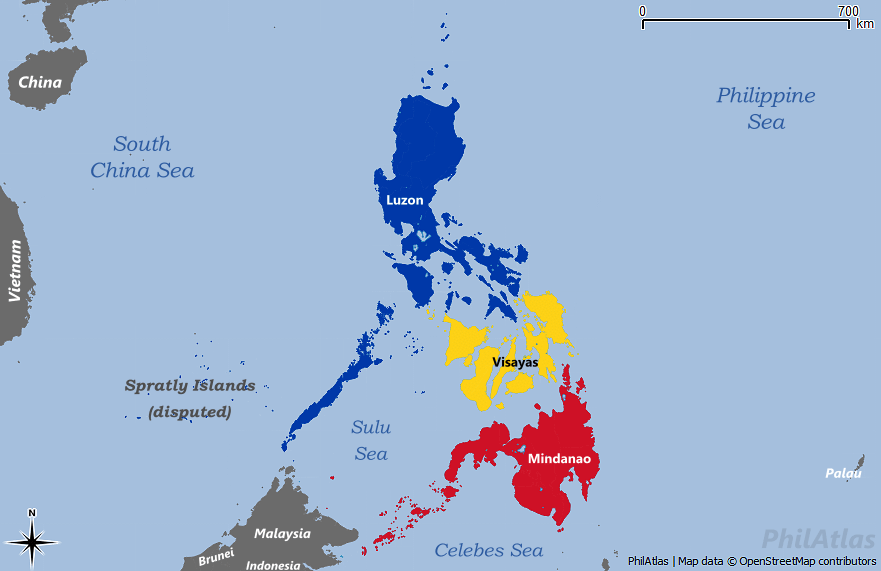
MOST BEAUTIFUL ISLANDS In The Philippines
Video by Trippy Travels
Overview of the Philippines as an Archipelago Nation
Stretching across approximately 300,000 square kilometers, the Philippine archipelago is nestled in the western Pacific Ocean. It is strategically positioned between Taiwan to the north and Borneo to the south.
The country's geographical composition showcases a diverse range of landscapes – from towering mountains and lush rainforests to pristine beaches and vibrant coral reefs. This natural tapestry sets the stage for countless outdoor activities such as hiking majestic peaks or diving into crystal-clear waters teeming with marine life.
A Mosaic of Cultural and Natural Diversity
The Philippines proudly embraces its rich cultural heritage derived from various influences throughout history – indigenous communities, Spanish colonization in the 16th century, American occupation in the early 20th century, as well as Chinese and Malay influences. This amalgamation has created a unique and vibrant Filipino culture that warmly welcomes visitors with open arms.
Moreover, alongside this cultural tapestry lies an abundance of natural wonders that dot each island. From Luzon's breathtaking Banaue Rice Terraces – a UNESCO World Heritage Site carved by ancient hands – to Visayas' mesmerizing Chocolate Hills in Bohol – geological marvels that resemble giant chocolate kisses scattered across lush green hillsides – there is no shortage of awe-inspiring sights to behold.
The Philippines' three main islands, Luzon, Visayas, and Mindanao, are a microcosm of the country's diverse tapestry. Each island beckons travelers to explore its unique offerings – from bustling metropolises and architectural treasures to jaw-dropping landscapes and cultural traditions passed down through generations.
Embarking on a journey through these islands is like stepping into a world of wonder, where every corner reveals something new and unexpected. So pack your bags, bring an open mind, and prepare to be captivated by the beauty that awaits in this archipelago nation known as the Philippines.
Luzon: The Largest Island
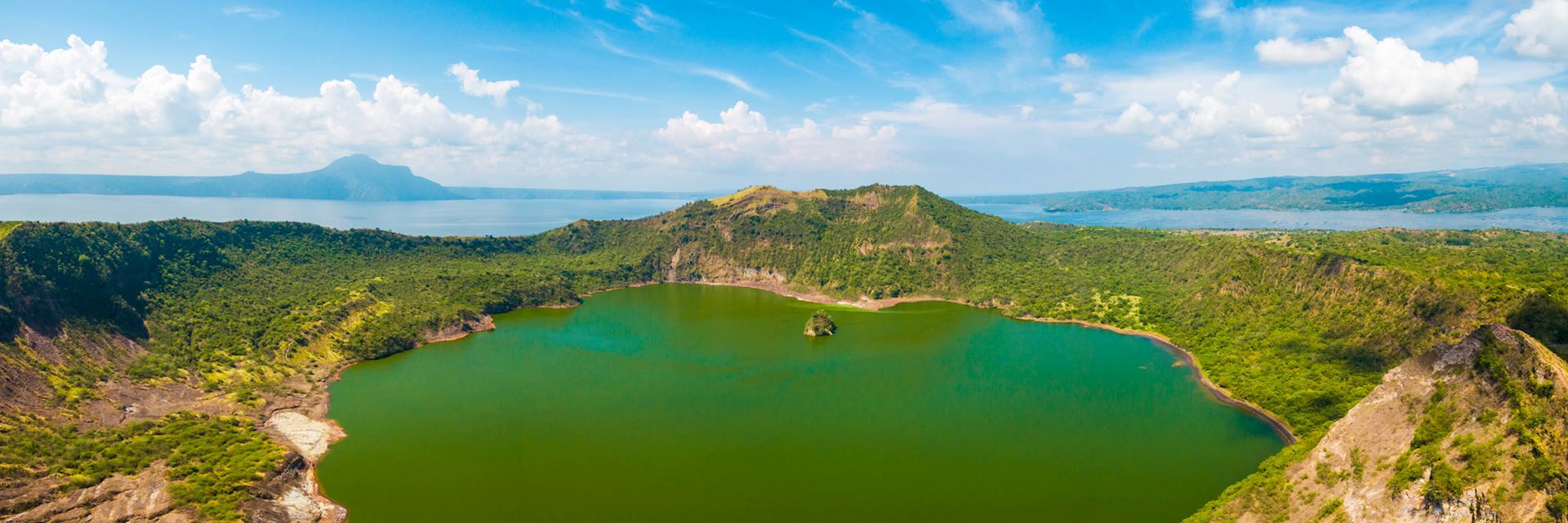
Geographical location and size of Luzon
Luzon, the largest island in the Philippines, is situated in the northern part of the archipelago. With an area spanning approximately 109,965 square kilometers, it encompasses a diverse range of landscapes and natural wonders.
From its expansive coastal plains to its majestic mountain ranges, Luzon offers a breathtaking tapestry of geographical features. It is also home to several active volcanoes, including Mount Pinatubo and Mayon Volcano, which add to the island's scenic allure.
Manila: The bustling capital city
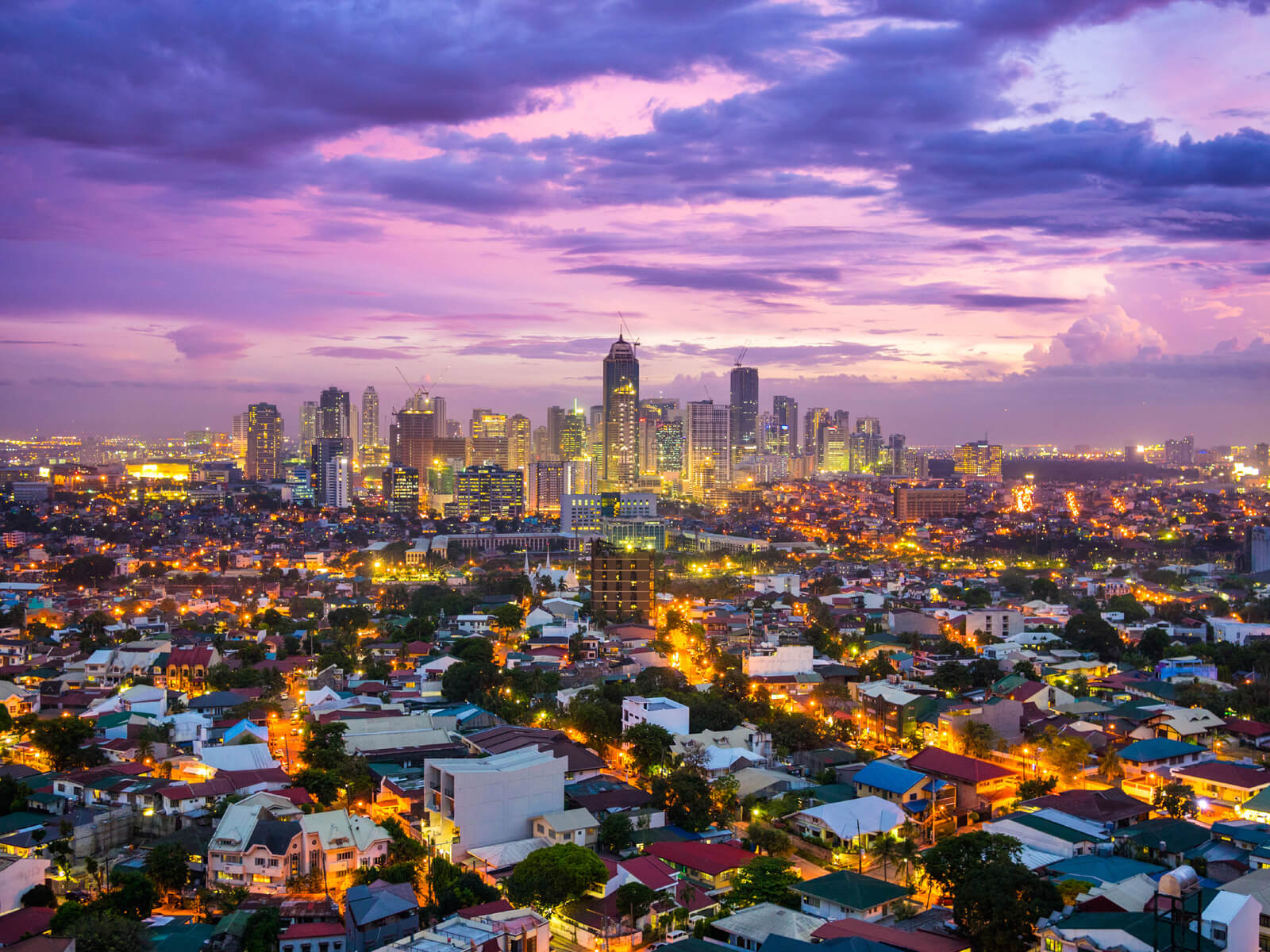
Headquarters of chaos and creativity alike As you step foot into Manila, the vibrant capital city of Luzon and the entire Philippines, you are immediately immersed in a whirlwind of sights, sounds, and smells.
This bustling metropolis pulsates with energy as millions of people go about their daily lives amidst towering skyscrapers and colonial-era architecture. Manila is not only known for its vibrant street markets but also for being a melting pot of cultures where Eastern traditions blend seamlessly with Western influences.
Historical significance and modern-day attractions
A journey through time Beyond its modern facade lies a city steeped in history.
Manila has witnessed centuries of colonization by various powers - from Spanish conquistadors to American influences - leaving behind an amalgamation of architectural styles that tell tales from different eras. Intramuros stands proudly as one such symbol; this walled city within Manila offers a glimpse into the Spanish colonial period with its cobblestone streets and well-preserved structures like Fort Santiago.
Banaue Rice Terraces: A UNESCO World Heritage Site in Ifugao Province
Nature's masterpiece carved by human hands Traveling north from Manila brings you to Ifugao Province, home to the breathtaking Banaue Rice Terraces. These terraces are an engineering marvel crafted by the indigenous people of the Cordillera region over 2,000 years ago.
Carved into the mountainsides, these rice terraces cascade like giant steps and create a mesmerizing vista that stretches as far as the eye can see. Recognized as a UNESCO World Heritage Site, the rice terraces are not just an agricultural wonder but also a testament to the ingenuity and cultural significance of the Ifugao people.
Whether exploring Manila's bustling streets or marvelling at the splendor of Banaue Rice Terraces, Luzon captures both the grandeur of a modern metropolis and showcases nature's awe-inspiring beauty. From its rich historical sites to its spectacular landscapes, this largest island in the Philippines will captivate travelers seeking unique experiences that blend tradition with progress.
Visayas: The Central Island Group
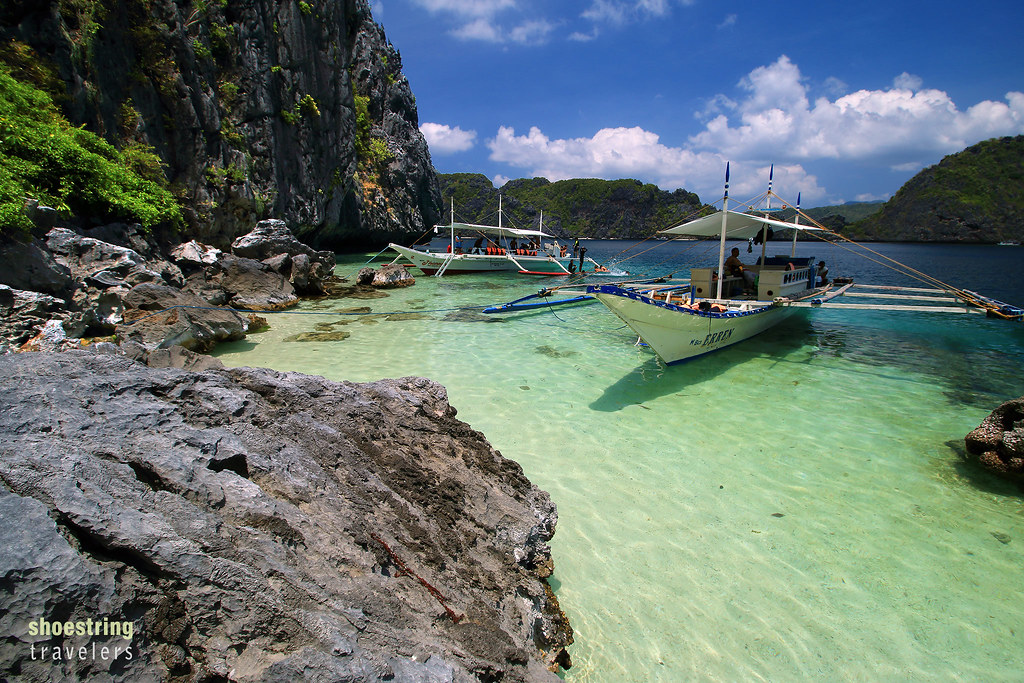
Visayas, located in the central part of the Philippines, is a captivating group of islands that offers an abundance of natural wonders and historical treasures. This region is comprised of several notable islands, including Cebu and Bohol. Visayas serves as a hub for both local and international travelers seeking to immerse themselves in the diverse cultural heritage and breathtaking landscapes that this region has to offer.
Cebu: Queen City of the South
One of Visayas' most prominent cities is Cebu, often referred to as the "Queen City of the South." This bustling metropolis combines modernity with rich historical significance. Cebu boasts a myriad of captivating landmarks that tell stories from its colonial past. One such landmark is Magellan's Cross, a symbol of the arrival of Christianity in the Philippines.
Located in downtown Cebu City, this wooden cross marks the exact spot where Ferdinand Magellan planted a cross upon arriving in 1521. Another must-visit site within Cebu is Fort San Pedro, a well-preserved Spanish fortress built during the 17th century.
This triangular bastion served as a defense against invaders and now stands as a reminder of Cebu's storied past. Inside its walls, visitors can explore fascinating exhibits showcasing various artifacts from different eras.
Sinulog Festival: A Vibrant Celebration of Culture and Faith
Cebuanos are known for their vibrant celebrations and one spectacular event not to be missed is the Sinulog Festival held every January. This grand fiesta pays homage to Santo Niño (the Child Jesus) and showcases exuberant street dances with participants clad in colorful costumes dancing to rhythmic drum beats. The Sinulog Festival attracts both locals and tourists from around the world who gather along the streets to witness this lively and deeply cultural celebration.
Bohol: Home to Chocolate Hills and Tarsiers
Just a short ferry ride from Cebu lies the captivating island of Bohol, renowned for its unique geological formations and fascinating wildlife. One of Bohol's most iconic attractions is the Chocolate Hills, a vast expanse of over a thousand cone-shaped hills spread across an area of approximately 50 square kilometers. During the dry season, these grass-covered limestone hills turn brown, resembling delicious chocolate mounds.
Beyond its geological marvels, Bohol is also famous for its adorable inhabitants: the tarsiers. These tiny primates are considered the world's smallest primates and are indigenous to Southeast Asia.
In Bohol, visitors can get up close to these enchanting creatures at dedicated tarsier sanctuaries where they can observe their unique behavior in their natural habitat. Visayas truly offers a remarkable combination of historical heritage and natural beauty.
From exploring Cebu's significant landmarks like Magellan's Cross and Fort San Pedro to experiencing the vibrant energy of Sinulog Festival, this region will captivate travelers looking to immerse themselves in Philippine culture. And with Bohol's extraordinary Chocolate Hills and adorable tarsiers as additional highlights, Visayas proves itself as a must-visit destination for those seeking unforgettable experiences in the Philippines' central islands.
Mindanao: The Southernmost Island Group
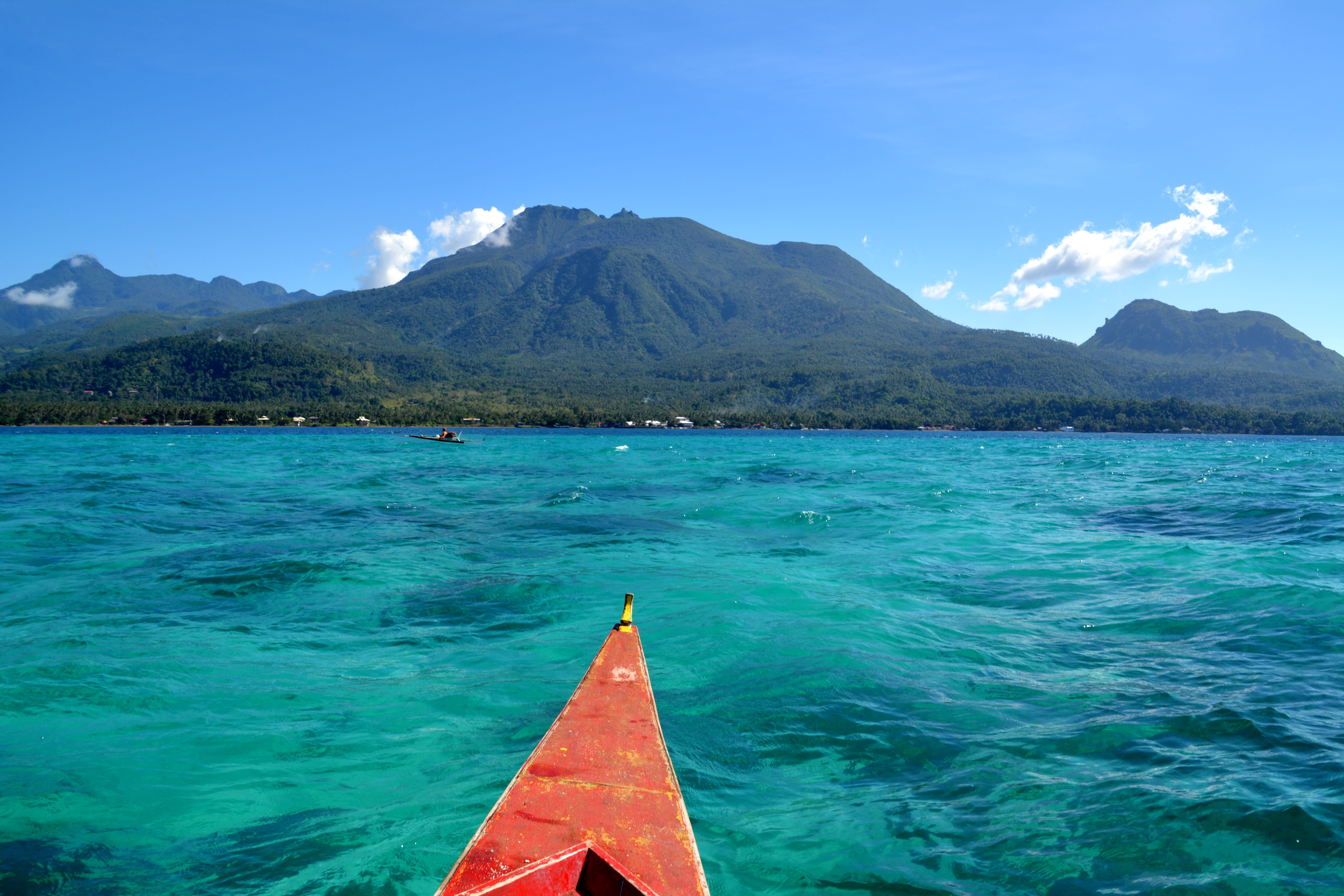
Landscapes and Rich Resources
Mindanao, the southernmost island group of the Philippines, boasts a stunning array of landscapes that make it a paradise for nature lovers. From its lush rainforests to its majestic mountains, Mindanao offers a diverse range of natural wonders. The island is home to Mount Apo, the highest peak in the Philippines, which stands proudly at an impressive 2,954 meters above sea level.
With its rich volcanic soil and abundant rainfall, Mindanao is also an agricultural powerhouse. The island's fertile lands yield bountiful harvests, making it an important contributor to the country's agriculture industry.
Davao City - Gateway to Mindanao
Known as the gateway to Mindanao, Davao City is not only a bustling metropolis but also an economic hub in this region. What sets Davao apart is its unique identity as the "Durian Capital of the Philippines." This thorny fruit with a pungent aroma holds a special place in Davaoeños' hearts.
You can find durian stalls and shops scattered throughout the city, offering various durian delicacies such as candies and pastries. In addition to being famous for durian fruit production, Davao City also attracts outdoor enthusiasts with its proximity to Mount Apo.
Adventure seekers can embark on exhilarating hikes up this majestic peak while immersing themselves in breathtaking views along the way. The climb promises an unforgettable experience that will leave you in awe of Mindanao's natural beauty.
Zamboanga City - Asia's Latin City
Nestled on Mindanaos' western coast lies Zamboanga City - known as "Asia's Latin City." This unique nickname stems from Zamboanga's vibrant cultural fusion influenced by Spanish colonization. The city is a melting pot of different ethnic groups, including the indigenous Subanen people and the Chavacano community, who speak a Spanish-based creole language.
Strolling through the streets of Zamboanga City, you will be captivated by its architectural gems that reflect its colonial past. The city's Spanish-era fortifications, such as Fort Pilar, stand as reminders of Zamboanga's historical significance.
Immerse yourself in the rich culture by visiting local markets where you can savor traditional dishes like curacha (a large crab) and knickerbocker (an ice cream dessert). Moreover, Zamboanga City offers a unique coastal escape in the form of Sta Cruz Islands.
What sets these islands apart is their striking pink sand beaches. As you step foot on these shores, you'll be amazed by the soft pink hues beneath your feet - a result of crushed red organ-pipe coral mixing with white sand over time.
This natural wonder adds another layer of charm to Mindanao's already diverse landscapes. Mindanao's beauty extends far beyond its geographical location; it is a tapestry woven with awe-inspiring landscapes and fascinating cultural heritage.
From Davao City's durian-filled streets to Zamboanga City's fusion of cultures and pink sand beaches in Sta Cruz Islands, Mindanao beckons adventurous souls to explore its hidden wonders. Embark on this journey and discover why Mindanao truly deserves its place as one of the Philippines' main islands.
Conclusion
Reflecting on the Diverse Beauty of the Philippines
As we come to the end of our journey through the Philippines' three main islands - Luzon, Visayas, and Mindanao - it is impossible not to be captivated by the rich tapestry of natural wonders and cultural gems that this archipelago nation has to offer. From the vibrant metropolis of Manila on Luzon to the stunning Chocolate Hills in Bohol, and from the majestic Mount Apo in Mindanao to the pristine pink sand beaches of Sta Cruz Islands in Zamboanga City, every corner of these islands holds something unique and enchanting.
A Melting Pot of Cultures and Traditions
One cannot talk about the Philippines without acknowledging its remarkable diversity. The blend of indigenous traditions with Spanish, American, Chinese, and Malay influences has resulted in a vibrant fusion that permeates through art, cuisine, language, festivals, and everyday life. Whether you're exploring Intramuros' colonial architecture in Manila or immersing yourself in Cebu's Sinulog Festival with its colorful parades and traditional dances, you'll witness a myriad of cultures intertwining harmoniously.
An Optimistic Outlook for Future Explorations
As we conclude our exploration of these three main islands that represent only a fraction of what the Philippines has to offer, it is clear that there is so much more waiting to be discovered. The resilience and warmth exuded by Filipinos make every visit memorable.
The breathtaking landscapes will continue to inspire awe while fostering appreciation for our planet's natural wonders. So, let us cherish this journey as a mere introduction to an endless adventure.
Whether you're drawn by history-rich cities like Manila or yearning for tropical escapades surrounded by lush greenery such as Bohol or Davao City's thriving urban scenes, the Philippines is a treasure trove that beckons you to explore further. Embrace the diversity, immerse yourself in the vibrant culture, and create your own unforgettable memories in this archipelago of dreams.


